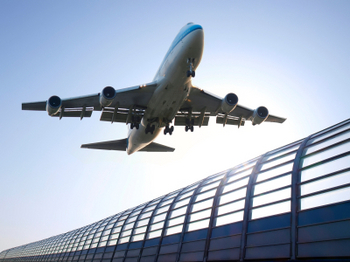
Long-awaited bill will fund FAA through 2015.
The U.S. airline industry can look forward to $63.4 billion dollars of federal funding and four years of fiscal certainty after President Barack Obama signed the FAA Modernization and Reform Act of 2012 into law last week.
The Act sets the funding for the Federal Aviation Administration (FAA) at fiscal year 2011 levels for the next four years and does not increase the rates of aviation taxes paid by passengers and airlines. The Act also includes numerous measures intended to reform and improve existing FAA practices and infrastructure.
A major focus of the law is the FAA’s “NextGen” program, a variety of linked efforts to modernize navigation and communication technologies and switch air traffic control from current ground-based systems to satellite-based systems. The law requires the FAA to establish a new position, the Chief NextGen Officer, to manage NextGen activities and report to the Administrator of the FAA.
Other parts of the law seek to improve airline safety standards. For example, the law requires the FAA to study typical sources of distraction for airplane crew members and recommend ways to reduce them. Another provision directs the FAA to investigate the frequency with which passengers use cell phones during flights and assess the potential safety risk associated with such use.
To address privacy concerns during airport security screenings, the law requires that all “advanced imaging technology” used in airports, such as backscatter scanners, must show the same generic image for all passengers who are screened.
The law amends Title 49 of the United States Code to provide the longest guaranteed period of funding for FAA programs in several years.



